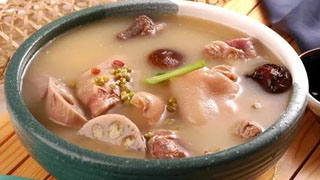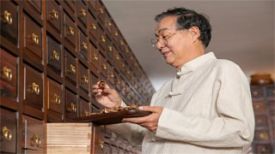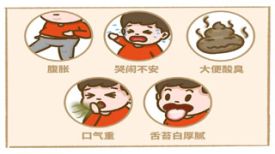
Many people will experience symptoms such as headaches, chest pain, rib pain, angina, cervical pain, and limb numbness after the age of 30. These are all related to the difficulty of "nourishing" the body with insufficient qi and blood as they age, or the blockage of meridians in the body. There is a saying in traditional Chinese medicine that goes, "If you don't feel good, you will feel pain; if you don't feel good, you will feel pain." The so-called "if you don't feel good, you will feel pain" refers to various evil qi and qi and blood being combined, obstructing the meridians and organs, causing obstruction of qi and blood circulation, resulting in pain. The so-called 'pain without glory' refers to the loss of nourishment from yang qi and yin blood in the organs and meridians, resulting in depletion of essence and blood in the organs and meridians, leading to pain. The fundamental cause of "pain" is insufficient qi and blood and blockage in the body. So in order to eliminate "pain", it is essential to remove blood stasis, promote circulation of qi and blood circulation. How to say 'if there is no connection, then there will be pain' refers to various evil qi and blood being combined, obstructing the meridians and organs, causing the qi mechanism to be blocked and blood stasis to occur, resulting in pain. How to solve the problems of both the pathway of qi and blood, the power of qi and blood, and the reserve of qi and blood? Today's sharing of this three-way soup can effectively solve many of the above problems.
【 Composition of Soup Formula 】
Danshen 15, Chuanxiong 6, Gegen 15, Guizhi 9, Licorice 6, Ginseng 10, Ophiopogon 18, Schisandra 10, Atractylodes macrocephala 10, Poria cocos 10
Boil soup according to the above ratio and drink it
Analysis of Soup Formula
San Tong Tang is a combination of four classic Chinese herbal formulas: Si Jun Zi Tang, Gui Zhi Gan Cao Tang, Sheng Mai Yin, and Tong Mai Yin.
Tongmai Yin (Danshen, Pueraria lobata, Chuanqiong) has the ability to ascend the head and face, descend the blood sea, open up stagnation in the middle, clear blockages in the body, open up blood vessels throughout the body, and open up pathways for the circulation of qi and blood.
Guizhi Gancao Tang (Guizhi, Gancao), from "Treatise on Cold Damage". Supplementing the heart yang, allowing the body's yang energy to be sufficient, to prevent the recurrence of cold and dampness, and to re block the blood vessels.
Shengmai Yin (ginseng, Ophiopogon japonicus, Schisandra chinensis) comes from the "Essential Prescriptions for a Thousand Hearts". Tonifying qi, nourishing yin, and generating fluids, greatly replenishing heart qi and blood, enhancing the function of the heart to regulate qi and blood, and preparing the power for the circulation of qi and blood.
Si Jun Zi Tang (Atractylodes macrocephala, Poria cocos, Ginseng, Licorice) is derived from the "Tai Ping Hui Min He Ji Ju Fang" and is used to nourish qi and invigorate the spleen. The spleen and stomach are the foundation of nurture, the source of qi and blood biochemistry, and the center of the five organs and six viscera. Only when the spleen and stomach are well, can the body be filled with qi and blood, and have sufficient raw materials to nourish the organs and meridians.
These four combinations of formulas not only solve the problem of the pathway of qi and blood, but also solve the problem of the power of qi and blood, as well as the problem of the reserve of qi and blood, known as the Three Connections.
【 Indications and Functions 】
San Tong Tang is suitable for cardiovascular and cerebrovascular diseases such as cerebral infarction, coronary heart disease, carotid artery plaques, premature beats, etc., as it can remove blood stasis and promote blood circulation. For diseases with insufficient qi and blood: dizziness, headache, palpitations, palpitations, numbness in limbs, etc. It has good therapeutic effects on chronic body pain such as headache, neck pain, shoulder pain, cervical pain, heartache, back pain, knee pain, etc.


